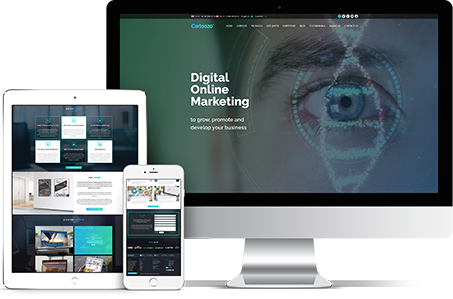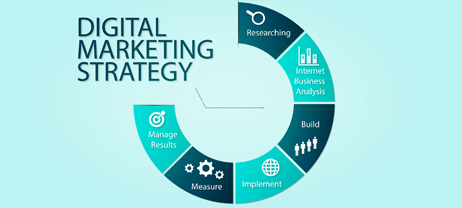Link building is one of the most popular terms in internet marketing. In fact, it is the reason behind any business’s success. Unfortunately, it is also the most misinterpreted term. Marketers adopt different types of
link building techniques without knowing their authenticity and lose their credibility by attracting manual penalties.
Therefore, it is important to understand the basic concept of link building before putting your efforts into it. Link building is by far the most difficult task; however, if done correctly, it can bring success.
Spotlight on Link building:
Link building can be simply defined as a strategy to enhance a site’s traffic while improving its reputation.
Modern marketers often build backlinks for their websites to achieve:
- High web visibility
- Website traffic
- Online credibility
- Referral traffic
- Better rankings
However, when it comes to link building, people have their own understanding. Sometimes they go after unethical techniques, which damage their brand’s credibility. In fact, there is a very thin dividing line between ethical and unethical. Let’s discover...
Unethical link building techniques that should be avoided:
- Reciprocal link (Link exchanges)
- Link schemes
- Paid links
- Comments and forum posting
Ethical link building techniques that should be adopted:
- Blogging
- Press release writing
- Guest posting
- Conduct interviews
- Create compelling case studies
- Create beautiful videos and infographics
However, it is always safe to refer Google’s guidelines before you start link building activities.
Not to forget, one of the most valuable advantages of link building is the generation of referral traffic which helps improve its overall conversion rates.
Facts:
- Link building requires technical expertise.
- Link building generates extensive referral traffic.
- Good backlinks increase the likelihood of a website’s ranking in search results.
- Link building is a long-term strategy and increases a brand’s visibility.
- Link building improves a brand’s reputation, domain and authority.
Over time, your website will become popular in its niche and gain significant prominence as well.
Tips:
- Understand the difference between Nofollow and Dofollow links.
- Identify high authority online sources for backlinks.
- Use a domain authority checker like - http://smallseotools.com/domain-authority-checker
- Create and publish valuable content for your targeted audiences.
- Study and analyse Penguin updates and their overall impact. (According to Google, the aim of Penguin updates is to curb the practice of using unnatural backlinks.)
- Always avoid link schemes and getting paid links.
- Create quality articles, whitepapers, and eBooks.
Popular Link Building Tools:
- BuzzSumo
- Alltop
- Google Drive
- Open Site Explorer
Analyse bounce rate, conversion rate, average time spent on site and other relevant details to adjust your link building strategy.














